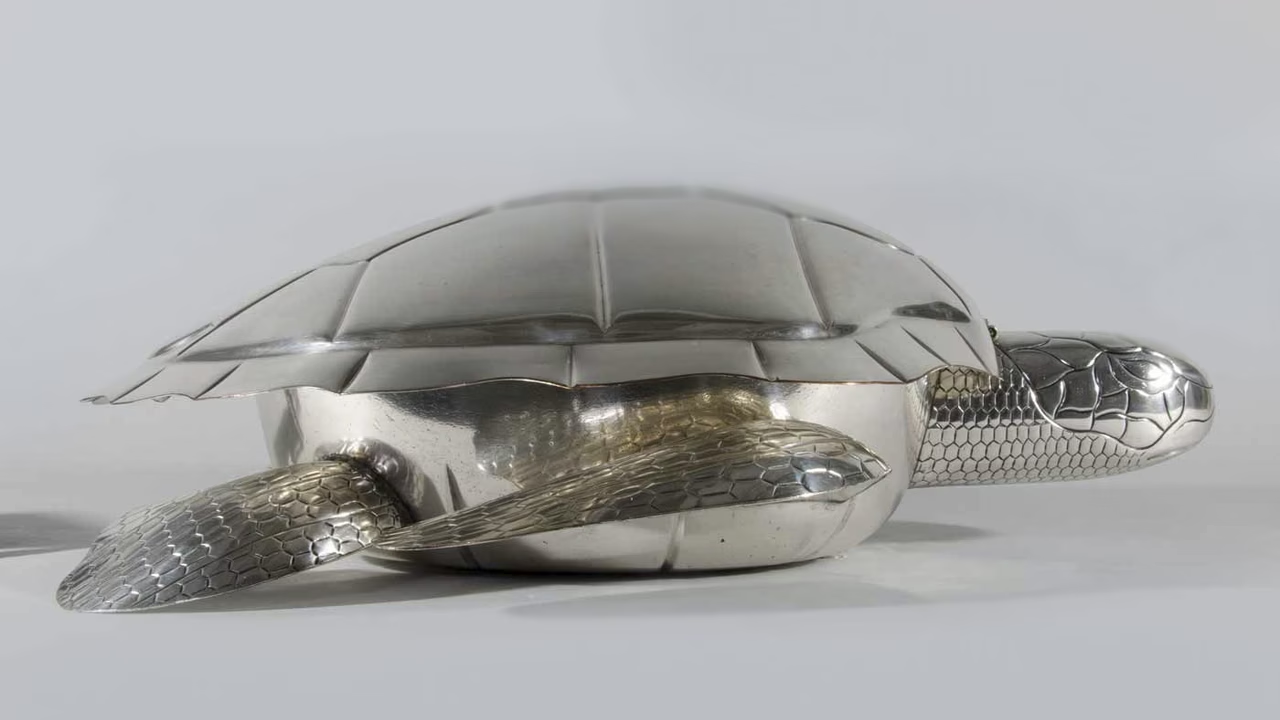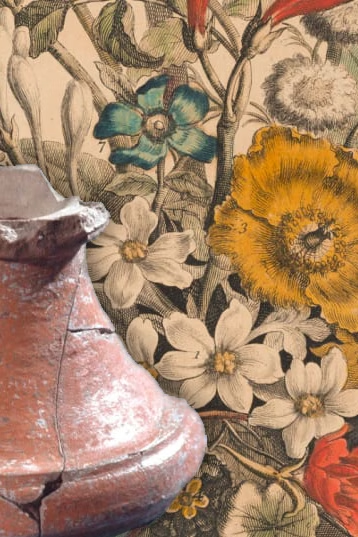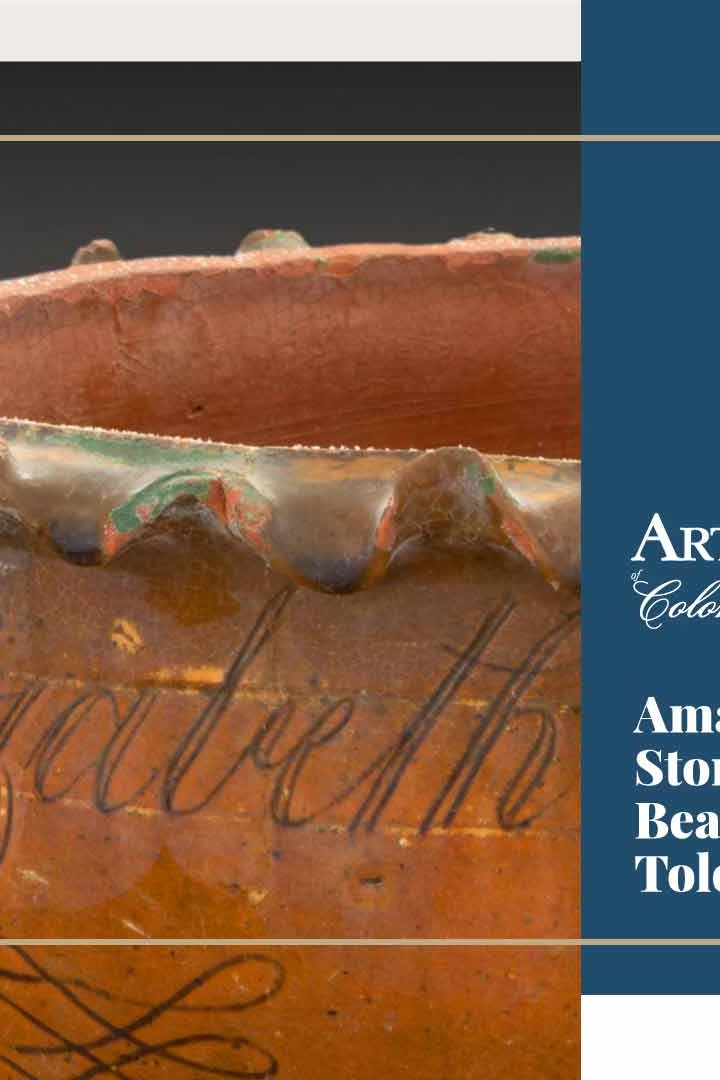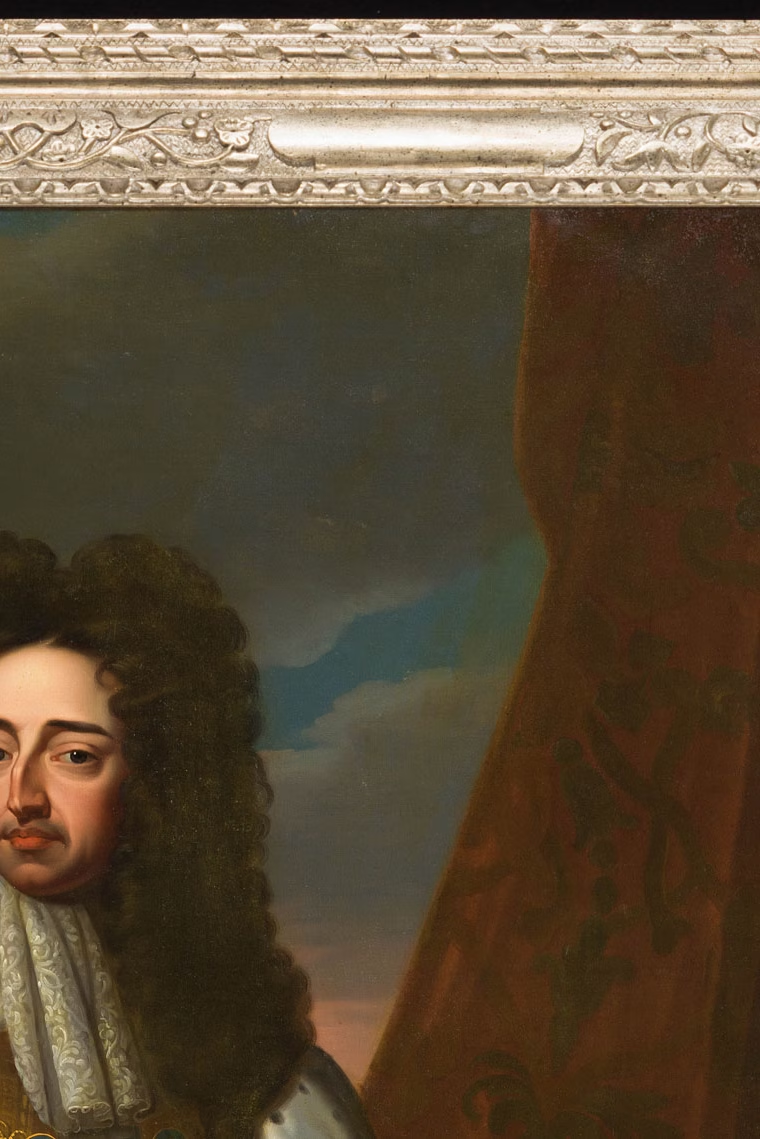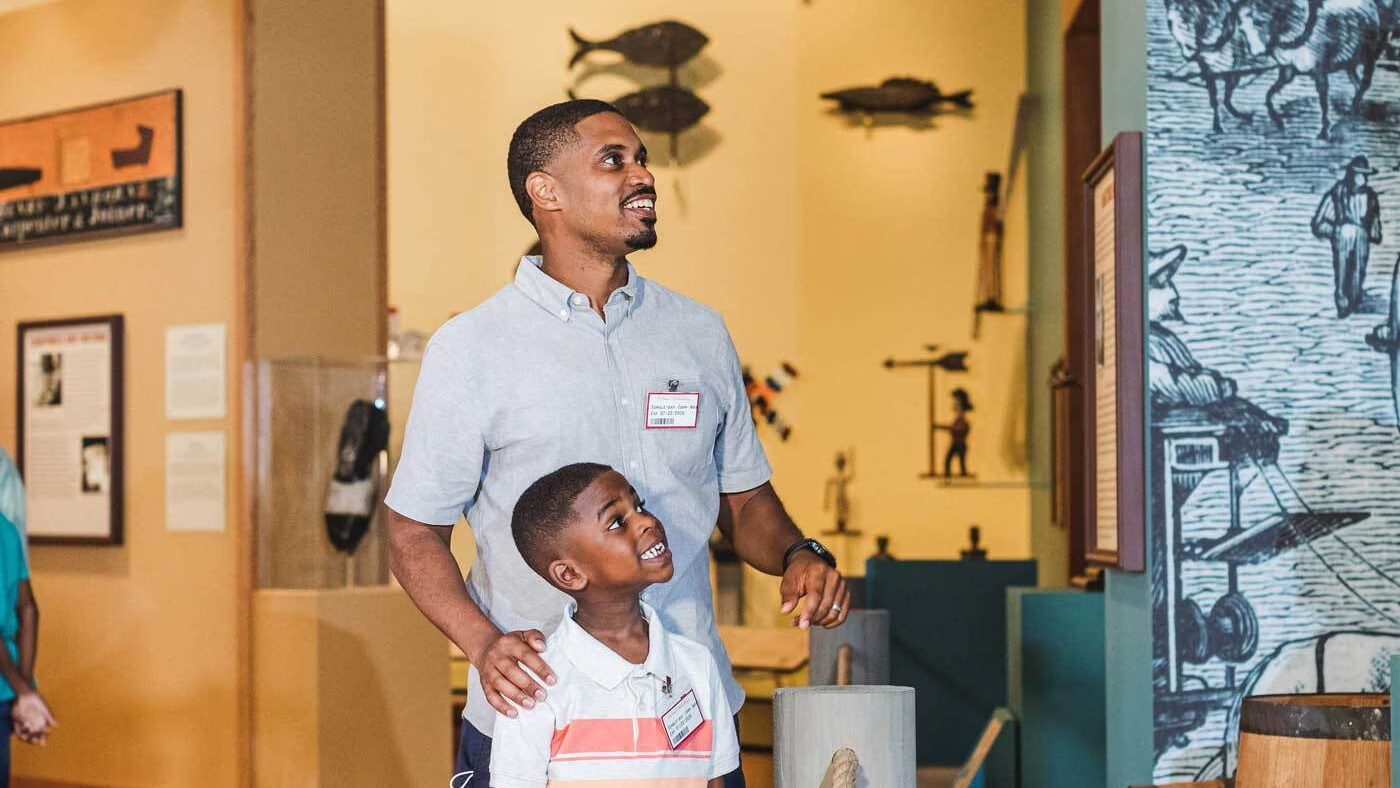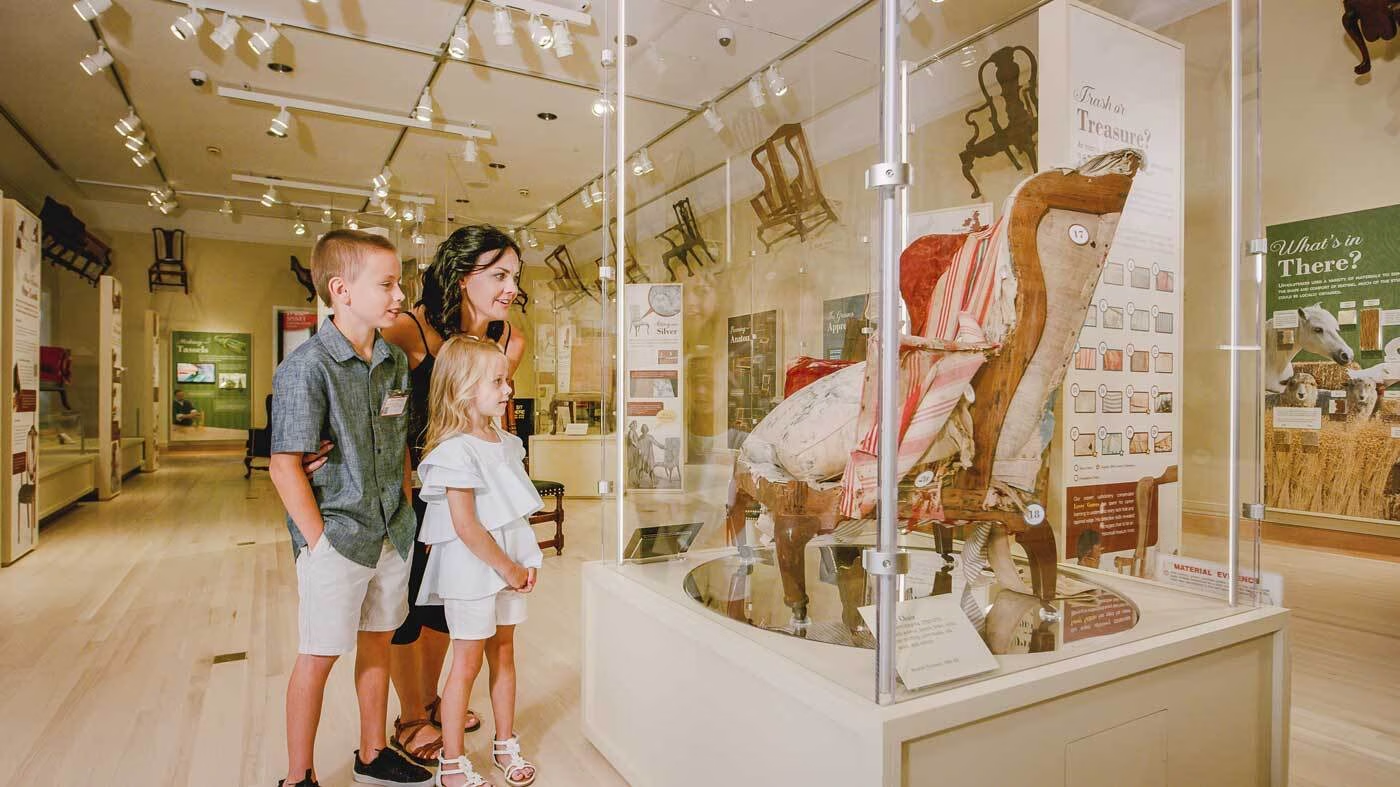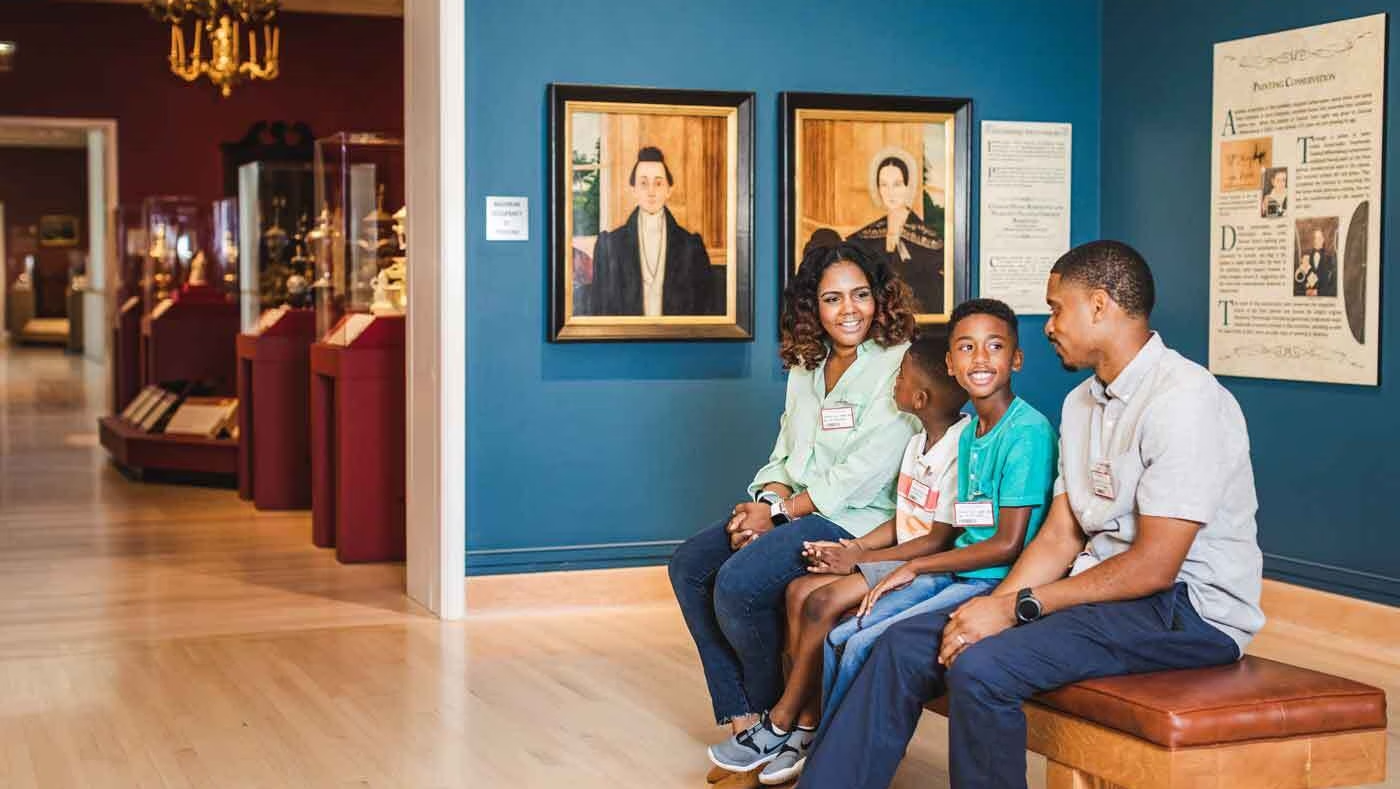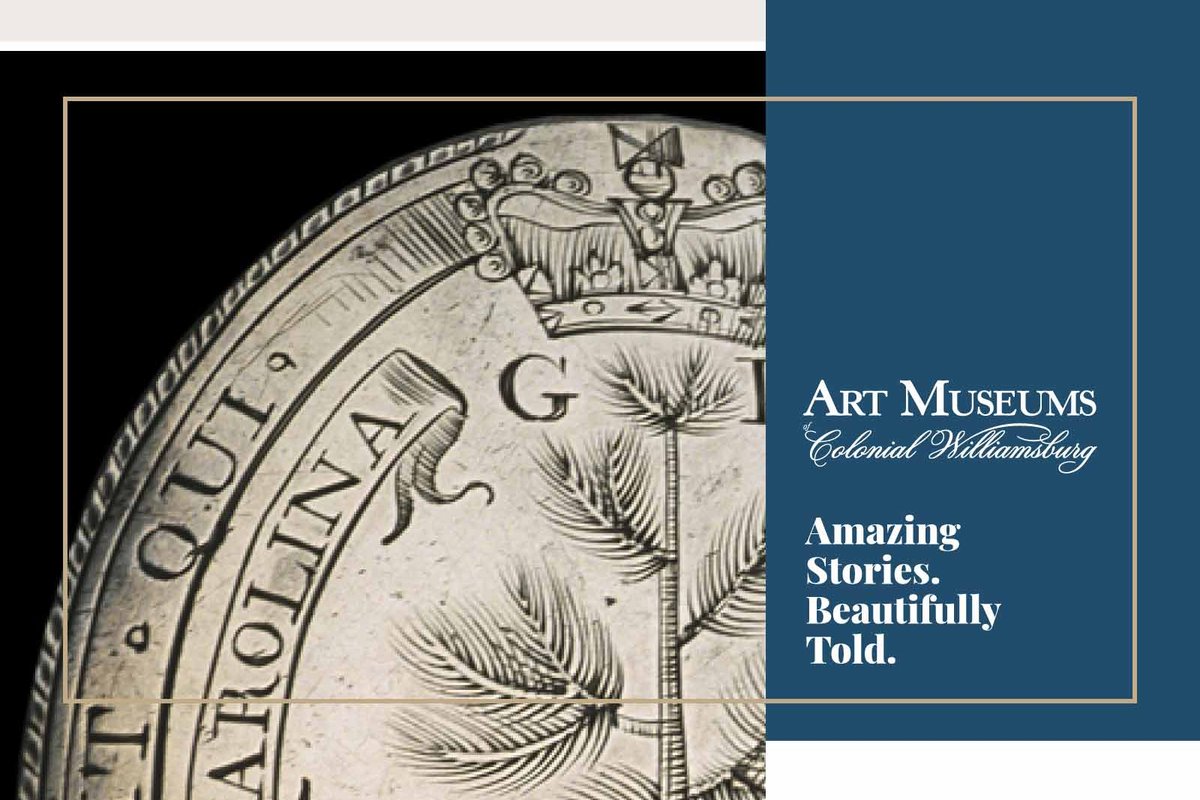
A Southern Loyalist’s Silver Belt Plate of the Revolutionary War
Every object has a story. The Art Museums of Colonial Williamsburg tell the stories of a breathtaking range of folk and decorative art. Let's explore this silver belt plate in the "A Rich and Varied Culture: The Material World of the Early South" exhibition. Like this kind of stuff? We've got tons of it.
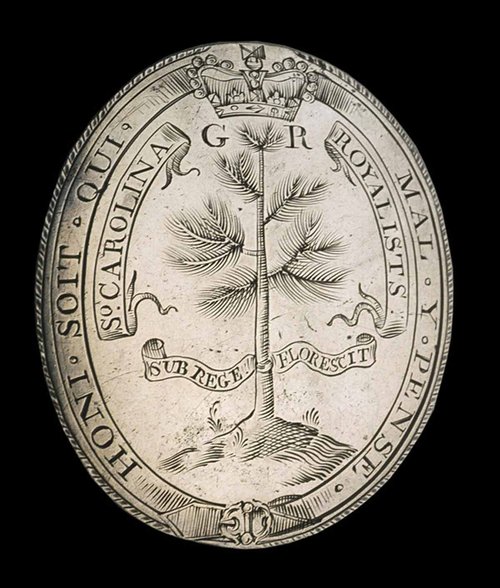
What is it?
This silver plate acts as the buckle of an officer’s shoulder-worn sword or bayonet belt. Centered on his chest, it proudly displays the engraved devices of his regiment, the South Carolina Royalists. Featuring a sapling pine under the British crown with the Latin for “Under the King I Flourish” on a ribbon tied around it, a garter inscribed “Honi Soit Qui Mal Y Pense” (Evil to He Who Evil Thinks) follows the front edge.
What's the Story?
Raised in British-held East Florida in 1778, the South Carolina Royalists were a red coated fighting unit of men primarily from North and South Carolina. Composed of both mounted and foot soldiers at various times, they were veterans of the successful defense of Savannah in 1779, and were present when Charleston fell to the Crown Forces in early 1780.
In gaining control of their home province’s main port, officers of the South Carolina Royalists had easy access to the fine wares available in Charleston, where this plate was likely made. Executed by an accomplished engraver, it is likely the work of the only such artisan advertising for military business during the British- occupation of the city, Thomas Coram.
Why it Matters
More than just pretty buckles, belt plates were regulated for British officers. In the case of Loyalist officers, the plates were usually finely wrought of silver and made in or around British controlled cities like New York and Charleston. Only a small handful are known to survive, all of which are Northern-made, except this example.
The unique South Carolina Royalists belt plate also stands out for its ingenious devices and anti-Revolutionary mottos. What could be a more perfect metaphor for the Southern Loyalist movement than a frail pine sapling — and future source of limitless timber and tar — thriving under the protection of British Royal might?
See for Yourself
You can find this silver belt plate and tens of thousands of objects in our Online Collections. We also invite you to see this remarkable object in person at the Art Museums of Colonial Williamsburg and discover more amazing stories, beautifully told.
Art Museums of Colonial Williamsburg
Explore museum experiences, collections, exhibitions, virtual experiences, conservation, and more.
